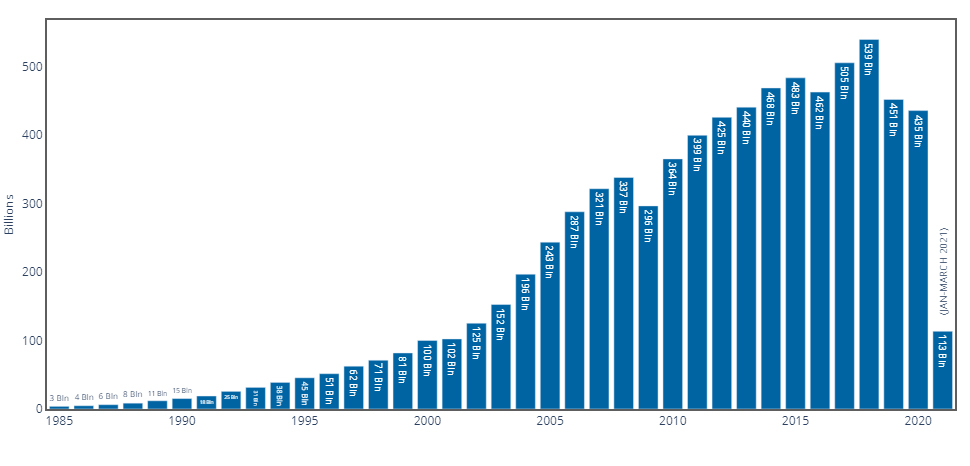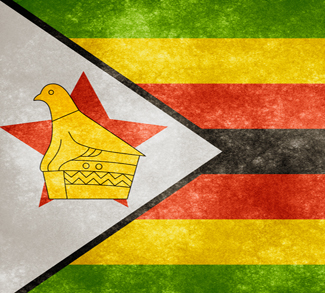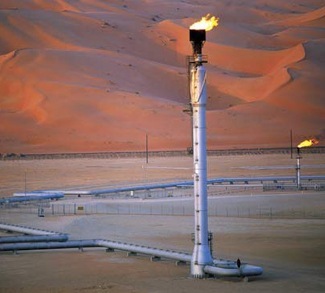One of the central planks of former president Trump’s foreign policy was to re-balance the US trade relationship with China. Broadly speaking, this effort took on two forms. The first was taking China to task over its unfair trade practices, including forced technology transfer, uneven market access, and state support/subsidies that produce advantages for Chinese companies. The second was simply making China buy more US exports as an attempt to redress the yawning trade imbalance in goods that has become the norm between the two countries since China joined the WTO in 2001.
Achieving the first goal would require some level of systemic change on the Chinese side, speak nothing of the colonial subtexts involved, and all during a time of surging nationalism. It’s thus not terribly surprising that it failed. However, the second effort did supposedly bear fruit in the form of the 2019 ‘phase one’ trade deal, which committed China to buying an additional $200 billion worth of US goods by the end of 2021.
Did the deal accomplish its mission of closing the trade gap? Not quite:
 The overall US trade deficit in goods hit a record low of 90.6 billion in March 2021. The surge in import demand is being driven by a combination of delayed purchasing during COVID-19, direct government assistance boosting consumer budgets, and progressing economic normalization. The trend is expected to continue through 2021.
The overall US trade deficit in goods hit a record low of 90.6 billion in March 2021. The surge in import demand is being driven by a combination of delayed purchasing during COVID-19, direct government assistance boosting consumer budgets, and progressing economic normalization. The trend is expected to continue through 2021.

Trump-era tariffs made a dent in US imports of Chinese goods, but failed to fundamentally alter the trade relationship

Increased Chinese purchases of US goods under the phase one agreement has yet to manifest on macro-level trade volumes, and US exports to China continue to lag far behind the robust volumes of trade moving in the other direction (trade in services however is another story entirely). A commodity-by-commodity analysis reveals that the phase one agreement has yet to be fully implemented.

The trend of the first three months of 2021 is clear: more of the same as Chinese exports are gobbled up by US consumers newly flush with stimulus cash. It seems that, despite ample political will to alter the prevailing ‘Chimerica’ dynamic displayed by the Trump administration, decoupling the world’s two largest economies is far easier said than done.




